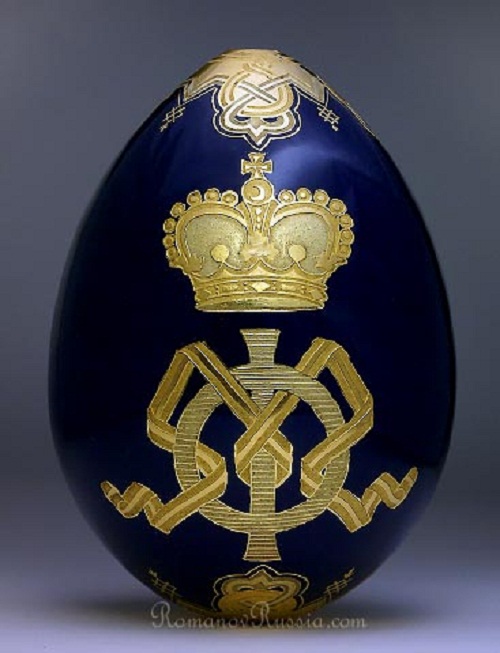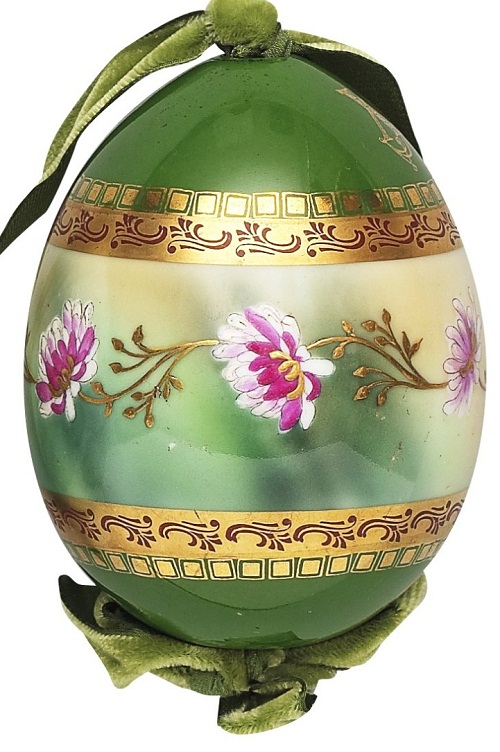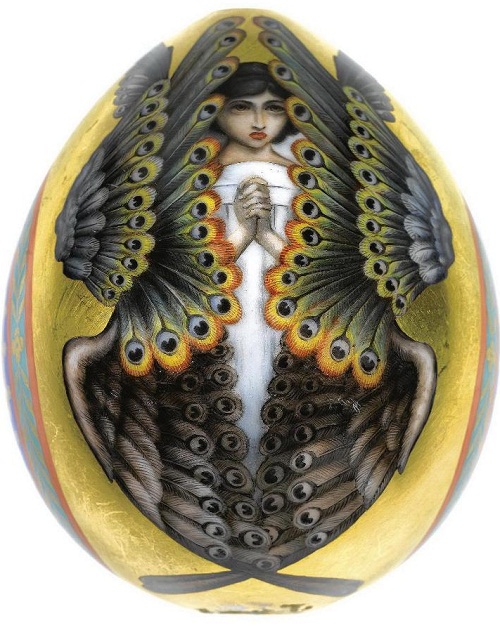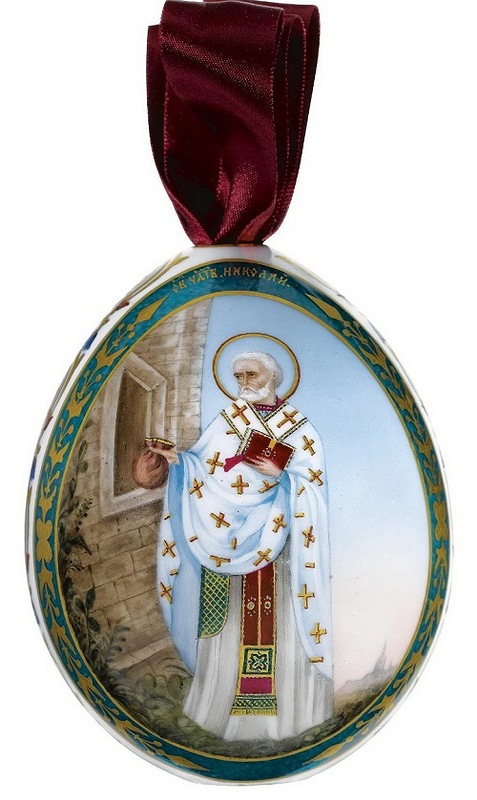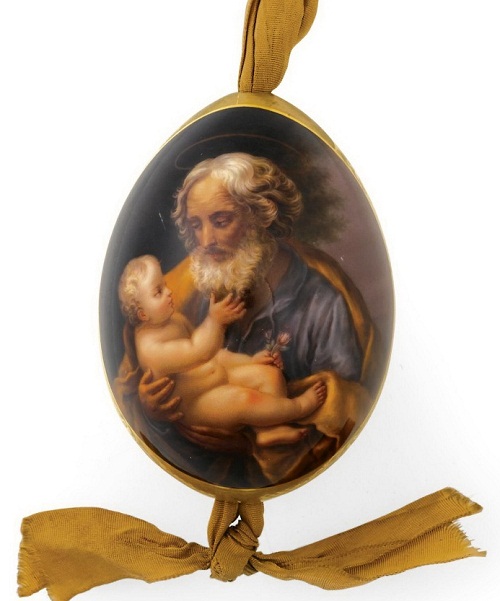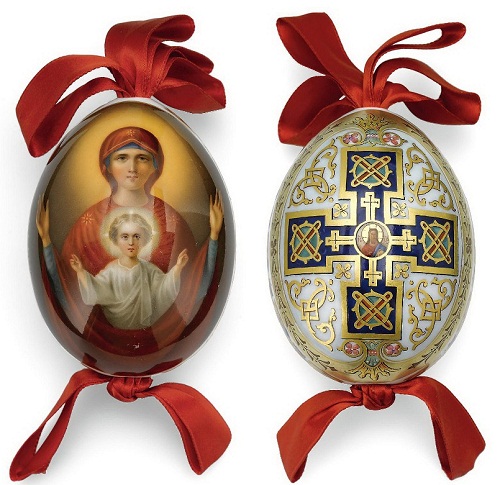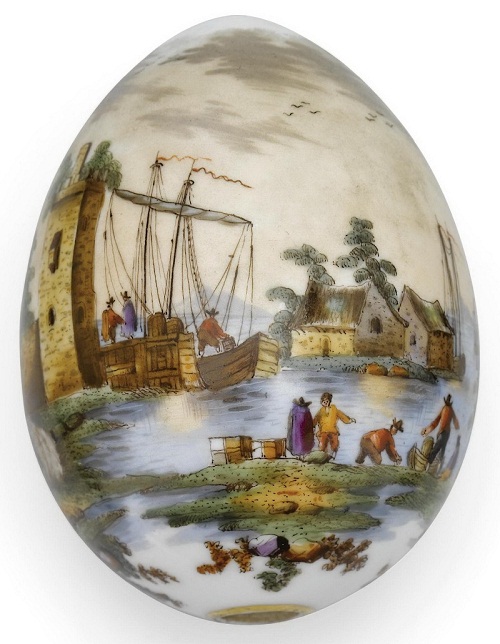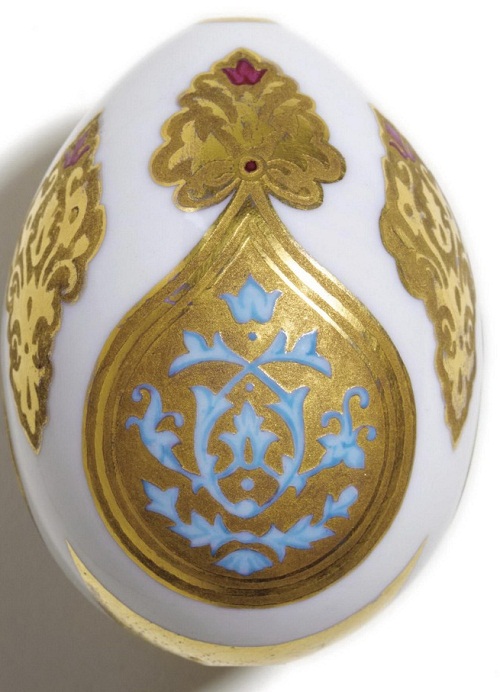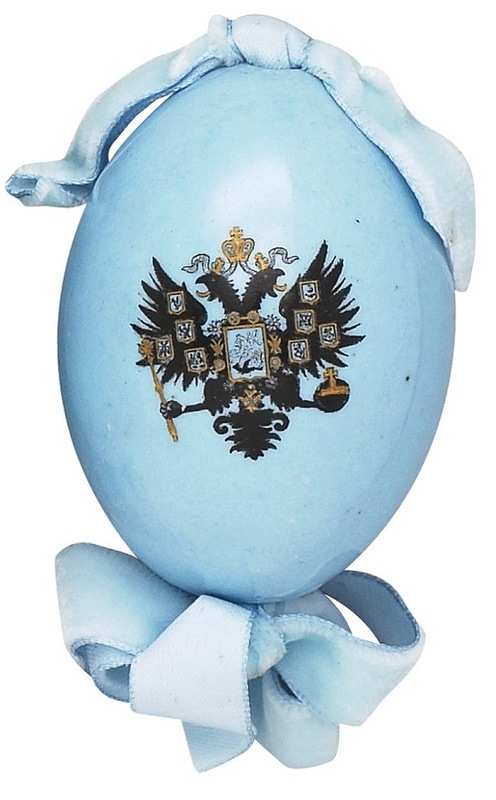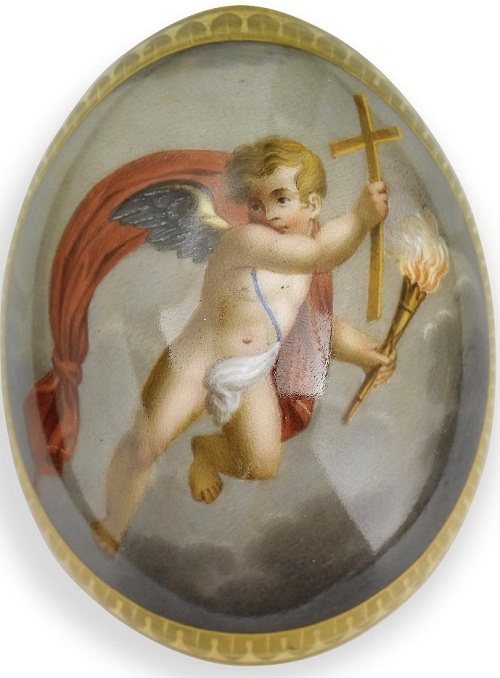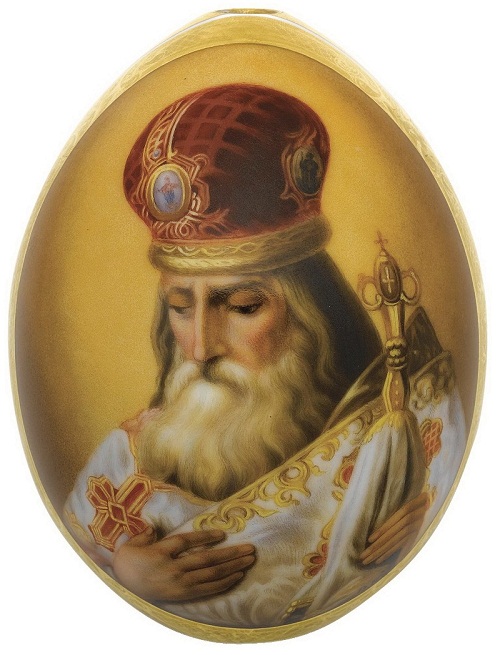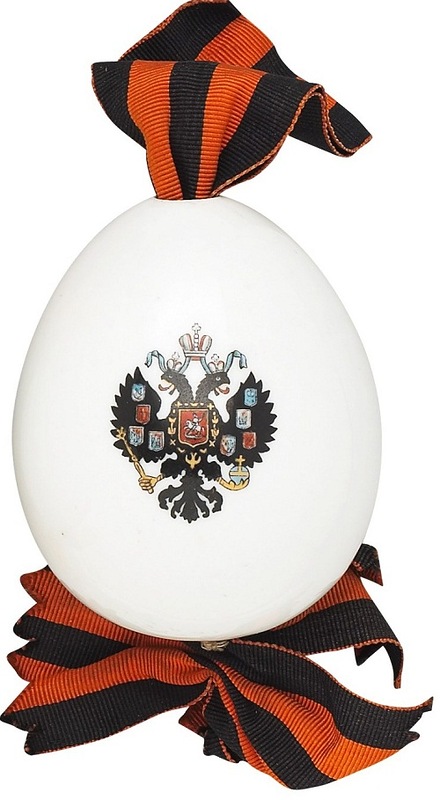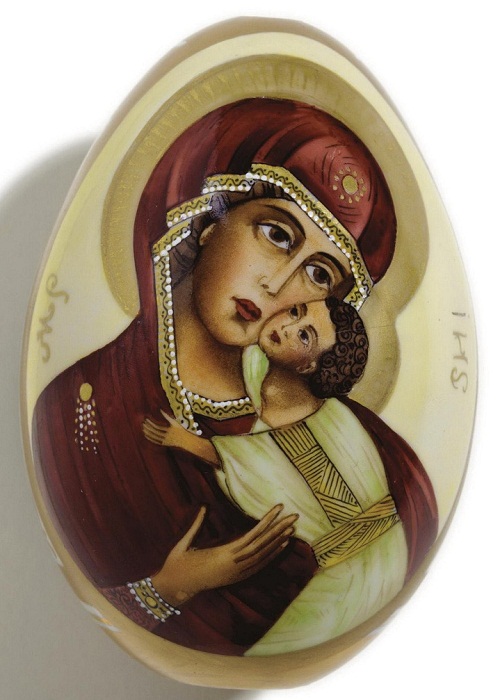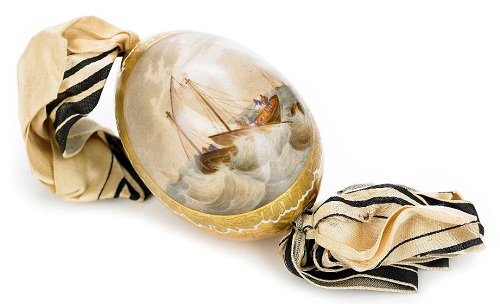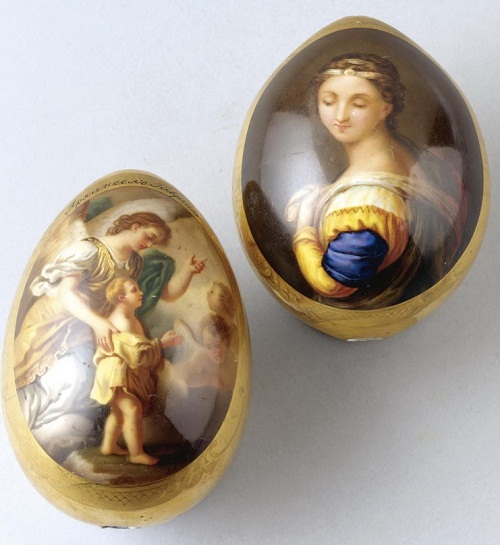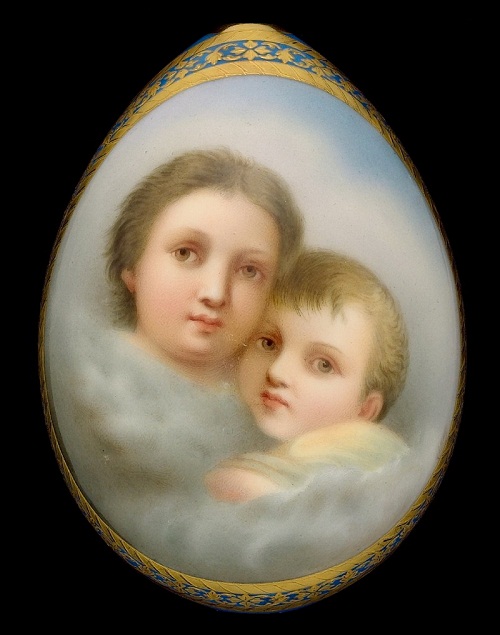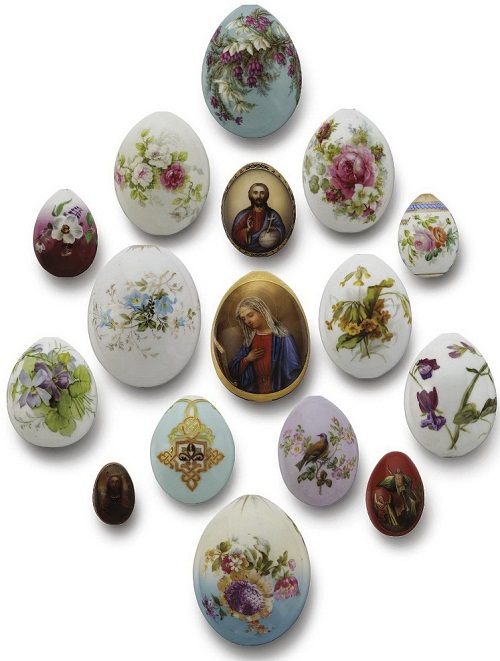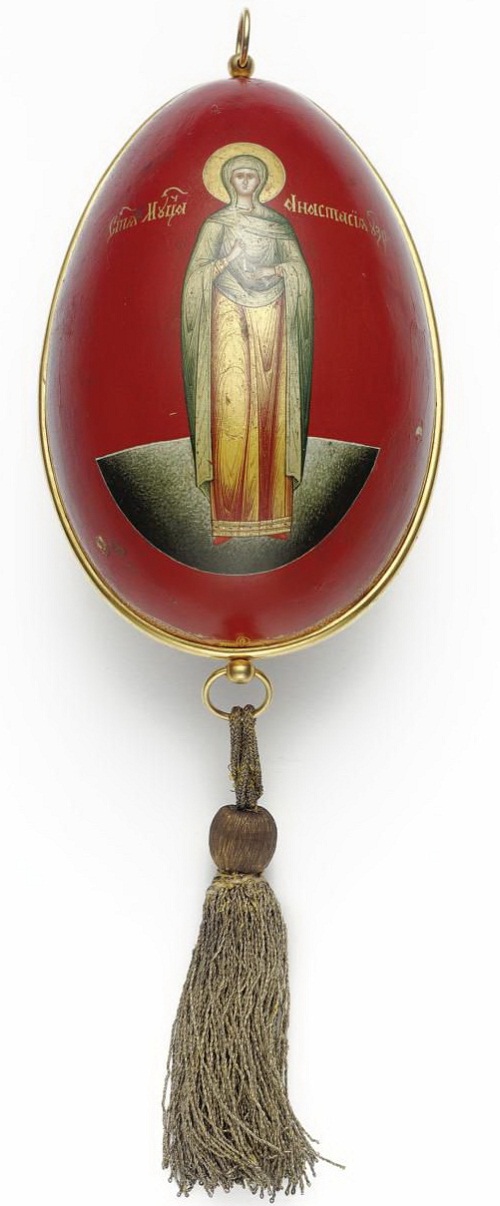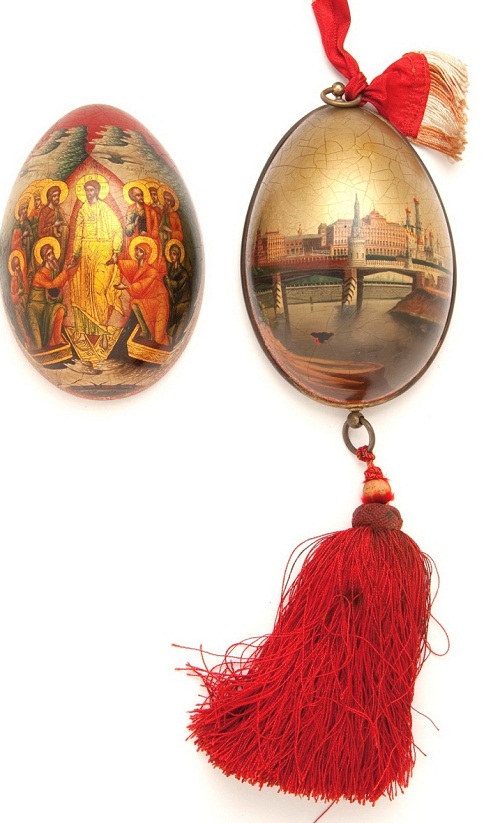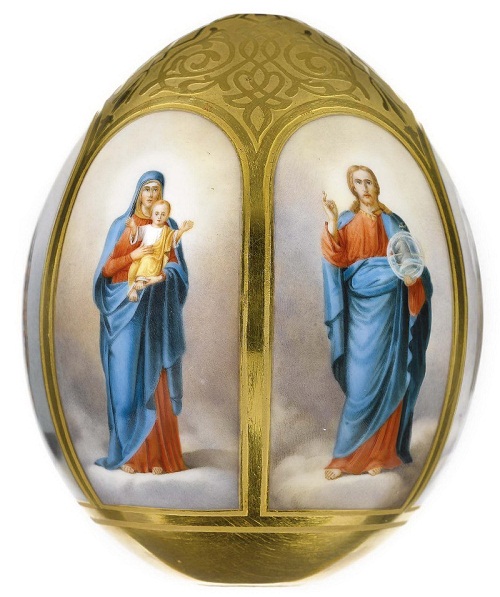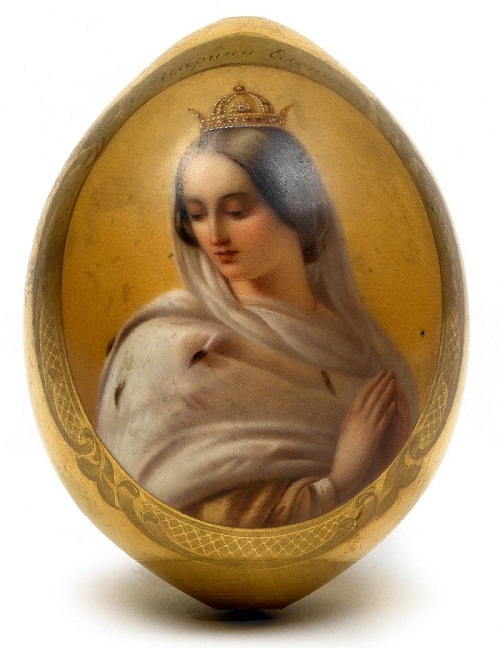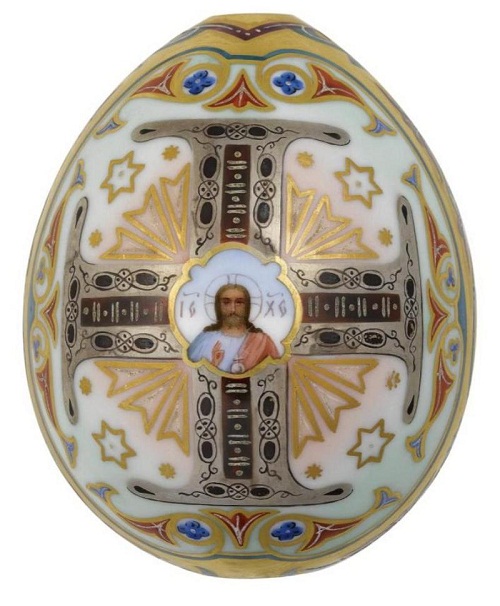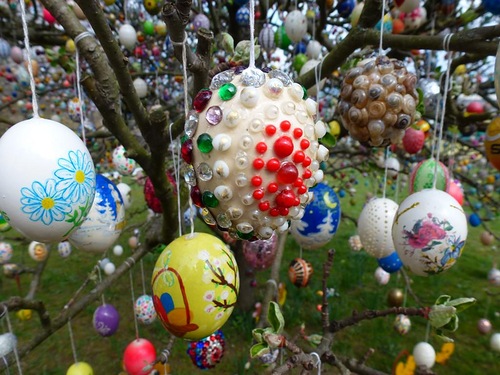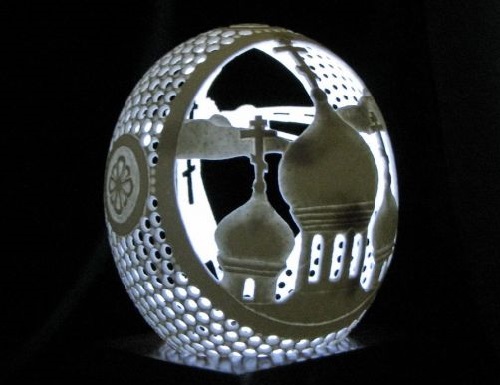Imperial Porcelain Factory Easter eggs
Imperial Porcelain Factory Easter eggs
Created in 1882, it is a very rare early Imperial monogrammed egg. A well known Russian souvenir, Easter egg has become a real piece of art and, in particular, jewellery art. Perhaps, only the painted doll Matryoshka is more famous outside of our fatherland.
Traditionally, Easter eggs are the attribute of one of the main religious festivals of Christians – miraculous resurrection of Jesus Christ crucified on the cross. And until the revolution, the Imperial porcelain factory released Easter eggs in big quantities. Noteworthy, the earliest was the egg with Cupids. Besides, each Easter egg factory produced Easter eggs for members of the imperial family. Meanwhile, Porcelain eggs had a hole where the ribbon with bow passed the bottom and at the top of the loop. And the owners of these eggs hang them in the so-called Red corner, below the icons.
The Imperial porcelain factory is one of the oldest in Europe, the first and one of Russia’s largest companies for the production of artistic porcelain. Located in St. Petersburg the Imperial porcelain factory is a producer of handpainted ceramics. It was established by Dmitry Ivanovich Vinogradov in 1744, it is also known by its former name, Lomonosov Porcelain Factory.
The egg was also an ancient symbol of Spring Sun, carrying a life, joy, warmth, light, the rebirth of nature, the freedom from the shackles of frost and snow – in other words, moving from nonexistence into being. Once it was decided to bring the egg as a simple little gift of pagan gods, to give eggs to friends on new year’s day and the day of birth.
Imperial Porcelain Factory Easter eggs
romanovrussia.com
